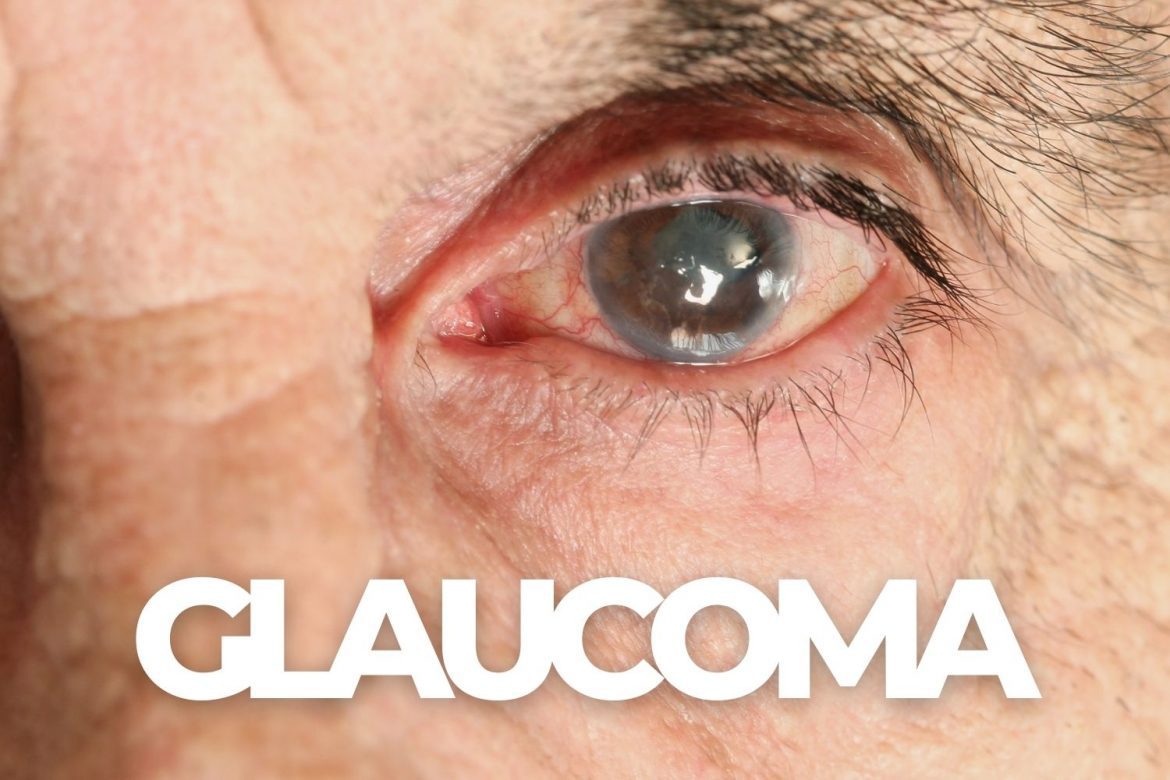![]()
When it comes to eye health, one of the most commonly searched questions on the web is, “What is the first sign of glaucoma?”
Glaucoma, unlike most diseases and conditions of the eye, is actually a group of diseases that gradually cause pressure to build in the eye. Over time, this increase in pressure affects the optic nerve and can result in permanent vision loss. Glaucoma is also the leading cause of blindness in adults.
Unfortunately, the onset of vision loss resulting from glaucoma is often so gradual that the condition is not diagnosed until detected during an eye exam or until irreversible damage has already occurred.
According to recent estimates, more than 3 million people over the age of 40 in the United States are currently living with glaucoma. Because the condition is often asymptomatic, most people are not aware they have the disease.
While there’s no cure for the condition, there are several effective treatment options to slow or prevent vision loss—if the first signs of glaucoma are discovered early.
Understand the progression of glaucoma
Before discussing the early and subtle first signs of glaucoma, it’s important to understand how glaucoma develops and progresses over time. According to the Mayo Clinic, glaucoma is a group of conditions cause pressure to gradually increase around the optic nerve. The increase in eye pressure starts to happen when the eye is unable to regulate the proper amount of fluid to maintain healthy vision.
The importance of healthy eye drainage
Your eyes are filled with a clear fluid known as aqueous humor. Aqueous humor is essential for providing the eye with proper nourishment and helps maintain proper intraocular pressure.
When working as designed, your eyes allows new aqueous humor to flow in at the same rate that older fluids are draining out. It is this proper drainage that keeps intraocular eye pressure at levels required for normal, healthy vision.
Most cases of glaucoma are a direct result of an interruption of the eye’s drainage system. Specifically, the eye’s drainage system becomes clogged and intraocular fluid is unable to drain.
As the fluid builds within the eye, so does the intraocular pressure. Over time, the increase in pressure causes damage to the optic nerve. Once a critical number of these nerve fibers are damaged, the eye’s optic disc physically begins to develop a cupped shape, which is what ophthalmologists look for during eye exams when diagnosing glaucoma.
Primary open-angle glaucoma and angle-closure glaucoma
While there are several different types of glaucoma, they’re all classified into two main types:
- Primary open-angle glaucoma
According to the Glaucoma Research Foundation, open-angle glaucoma is the most common form of the condition and generally begins on the outside of the eye before slowly working its way inward, ultimately resulting in the condition known as tunnel vision. The symptoms associated with primary open-angle glaucoma tend to occur slowly and are generally less noticeable than symptoms associated with acute angle-closure glaucoma. - Angle-closure glaucoma
Acute angle-closure glaucoma, while less common, occurs quickly and has symptoms that are severe, very noticeable, and require immediate medical attention.
What is the first sign of glaucoma?
Although glaucoma is often asymptomatic and most cases are diagnosed during routine eye exams, there are a number of important early signs and symptoms that are consistent with the onset of glaucoma.
The first signs of glaucoma often include:
Hazy or cloudy eyes
Hazy vision could be a sign of glaucoma. Additionally, a cloudy haze covering the cornea is typically a very strong indicator of glaucoma. It’s also important to note hazy or cloudy eyes are often a sign of other eye conditions, such as cataracts. Any form of cloudy vision or the physical appearance of a cloudy eye needs to be examined by an eye doctor immediately.
Tunnel vision
As mentioned earlier, tunnel vision is one of the most common signs of glaucoma. Characterized by an inability to detect objects and movements occurring off to the side, tunnel vision occurs as increased intraocular pressure causes progressive damage to the nerves associated with the peripheral vision of the eye.
Photophobia (severe sensitivity to light)
More common in younger people experiencing glaucoma, sensitivity to light tends to occur as a result of increased and sustained intraocular pressure. Typically, other than discomfort, there isn’t short-term harm associated with sensitivity to light, but prolonged or repeated episodes could be an early warning sign of glaucoma.
Halos around light sources
Seeing halos around light sources is also an early indicator of glaucoma. While the occasional halo or haze around light is probably nothing to worry about, repeated or constant halos need to be discussed with your optometrist.
Rapid or sudden loss of vision
While glaucoma almost always progresses slowly over time, a rapid or sudden loss of vision could be a sign of angle-closure glaucoma. When angle-closure glaucoma occurs the narrow field of vision between the iris and cornea closes—often as a result of a sudden and dramatic increase in eye pressure.
Early detection is the key to treating glaucoma
It’s common for glaucoma to occur in both eyes, but it’s more common for increased ocular pressure to occur in one. Remember, vision loss from glaucoma is permanent.
According to Cleveland Clinic, “With open-angle glaucoma, one eye may have moderate or severe damage, while the other eye may be mildly affected. Over time, the disease damages both eyes. People with closed-angle glaucoma in one eye have a 40% to 80% chance of developing the same type of glaucoma in the other eye within five to 10 years.”
However, diagnosed in its early stages, glaucoma can be treated to slow or even prevent further vision loss. Since glaucoma-related vision signs develop gradually over time, it’s essential to have your eyes examined by your eye doctor on a consistent and regular basis.


